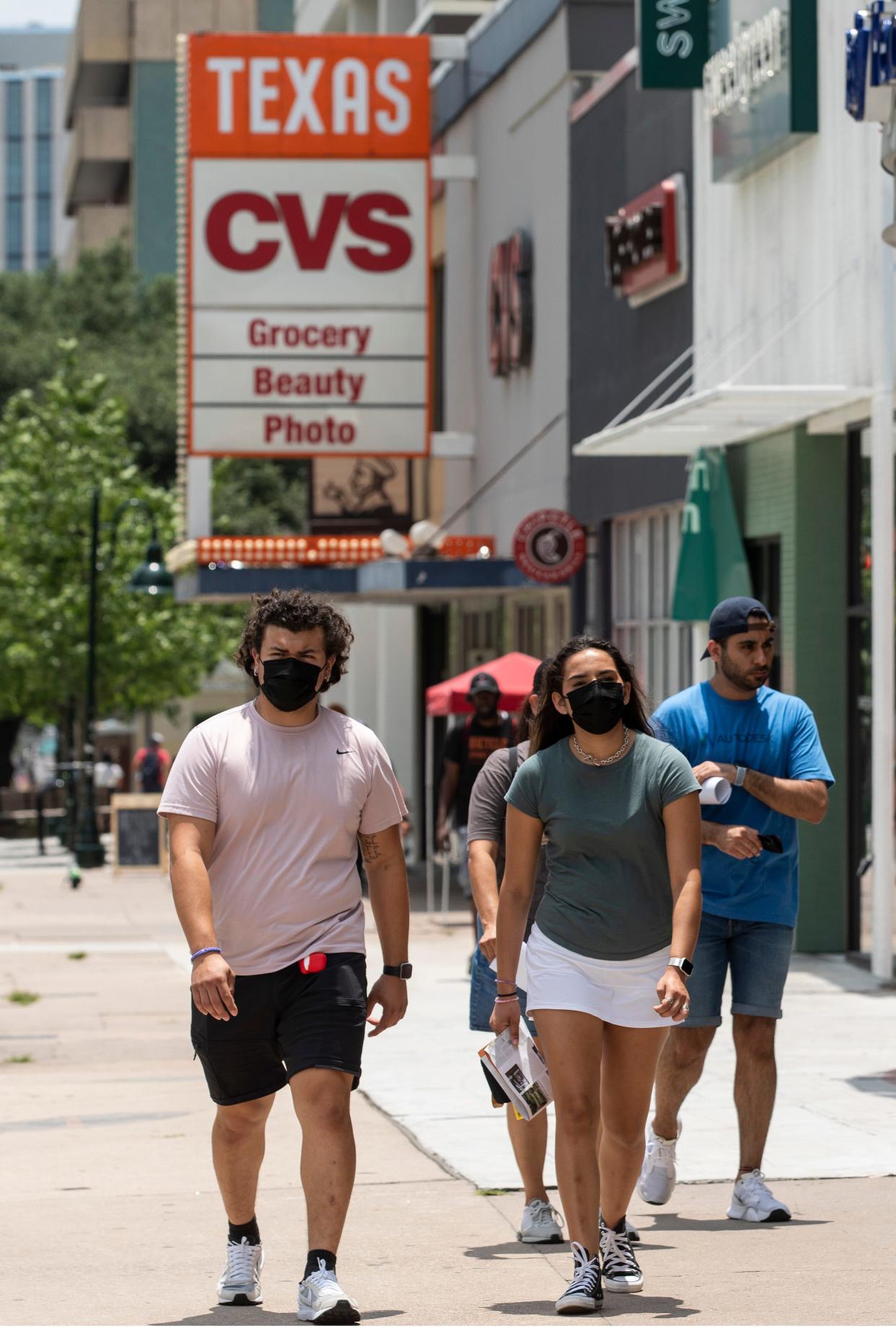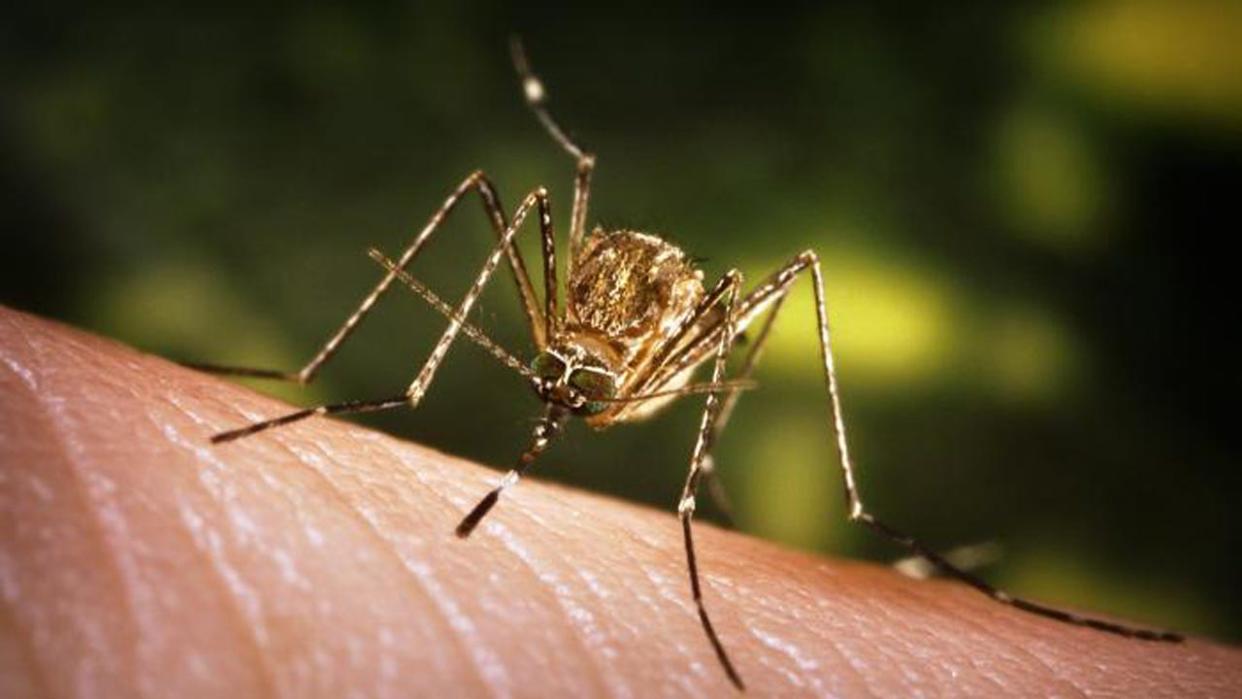How much COVID-19 is going around? Here's what you need to know four years after start of pandemic

Congratulations, Austin. We made it through another year of COVID-19, and this year, COVID-19 played out like most other respiratory viruses and influenza, Austin doctors tell the Statesman.
During the fall and winter cold and flu season, COVID-19 cases didn't fill up hospitals. COVID-19 didn't make headlines. Most of us were exposed often and didn't get sick. If we did get sick, most of us recovered fairly well.
To mark the decrease in serious cases, the Centers for Disease Control and Prevention created new COVID-19 guidelines.
Here's where we are in COVID-19, four years after Central Texas saw our first cases:
How much COVID-19 is in Central Texas?
Austin clinics saw a surge of cases in December and January, but the last few weeks, the cases have started to slow in clinics and in local hospitals, the doctors said.
Other respiratory viruses such as rhinoviruses and human metapneumovirus have started to kick up, said Dr. Meena Iyer, the chief medical officer of Dell Children's Medical Center. Earlier it was RSV (respiratory syncytial virus) and flu. "We treat them the same way." Iyer said of all these respiratory viruses.
Are people still being hospitalized for COVID-19?
"For myself and talking to other primary care providers Hospitalizing someone for COVID has become very infrequent," said Dr. Manish Naik, the chief medical officer at Austin Regional Clinic.
Yes, there are still COVID-19 cases coming into the hospitals, but it's been similar to flu: people who are older than 65 and/or have other underlying conditions especially lung diseases or are on immunosuppression medications.
"It's felt pretty normal for more than a year now," said Dr. Brian Metzger, the medical director of infectious diseases at St. David's HealthCare, about hospital admissions.
What are the new COVID-19 recommendations?
The CDC's new recommendations treat COVID-19 more like we treat any other cold or flu.
The goal is to have one recommendation for all viruses to follow, said Dr. Charu Sawhney, an internal medicine doctor with Harbor Health.
If you have COVID-19, the CDC recommends:
Stay home and away from others until you are fever-free without fever-reducing medications for 24 hours and your symptoms have improved for 24 hours. If your symptoms get better and then worsen, you start the count again.
Wear a mask for five days after you are fever-free, practice social distancing, wash hands frequently.
How do you judge if your symptoms are getting better?
Fever and having symptoms are typically when your viral load is greater and you are more contagious, said Dr. Shimona Thakrar, a pediatric hospitalist at Texas Children's Hospital in Austin.
Symptoms like a cough can be confusing, Sawhney, said, because it can linger for weeks. Usually with COVID-19, there is a day when you notice you feel better, she said. Maybe fatigue is less, the fever is gone, the congestion has lessened. At that point, wait 24 hours and if it doesn't worsen, you can go about, but with a mask.
If you're not sure, call your primary care doctor, she said.
Are these precautions enough?
Some people feel these changes didn't come soon enough and others feel like they came too soon, Thakrar said, but it's all about the trends nationally and regionally, she said.
"The more we get away from original variant, the more it seems like another viral illness," Sawhney said.
COVID-19 is still highly contagious, but the severity of the symptoms have lessened for most people because of the differences in the variants and the immunity people have built up by vaccination or natural infection. People also have the option of taking antivirals to protect against severe infections.
Because we have home tests, take a test before being around people, Sawhney said, and wear a mask in a crowded space if you are not comfortable.
Home tests do have limits, Naik said. If you get a positive test, you probably have COVID-19, but if you are sick and have a fever and test negative, you might not be able to rule out COVID. The tests in a clinic have a higher specificity, Naik said, and should be used if you remain sick even after a home test reads negative.
COVID-19 tests can continue to show positive even after you have improved and no longer need to isolate following the CDC's guidelines, Naik said.
What else can people do to avoid a pandemic return?
Instead of thinking about the vaccine as getting a booster, Sawhney said, we should think of it as getting a flu shot: "I got my Covid shot this year," she said.
Manufacturers also are developing a combination flu and COVID-19 shot.
COVID-19 cases have consistently spiked around the winter holidays into January and again in summer.
For that reason, Naik believes it could be a regular, annual COVID-19 shot in fall for most people, with a second COVID-19 shot in spring for people at higher risk for serious disease.

What's next on the infectious disease horizon?
Metzger does not see anything at pandemic levels, but is keeping an eye on dengue fever and chikungunya virus, which are spread by mosquitoes, and have pushed inward into the U.S. Both of those diseases have a vaccine, should they become a problem.
Other old-fashioned diseases such as measles, mumps and polio are starting to resurface as more parents opt out of vaccinating their children. "It's worrisome," Metzger said.
This article originally appeared on Austin American-Statesman: COVID-19 gets new guidelines
